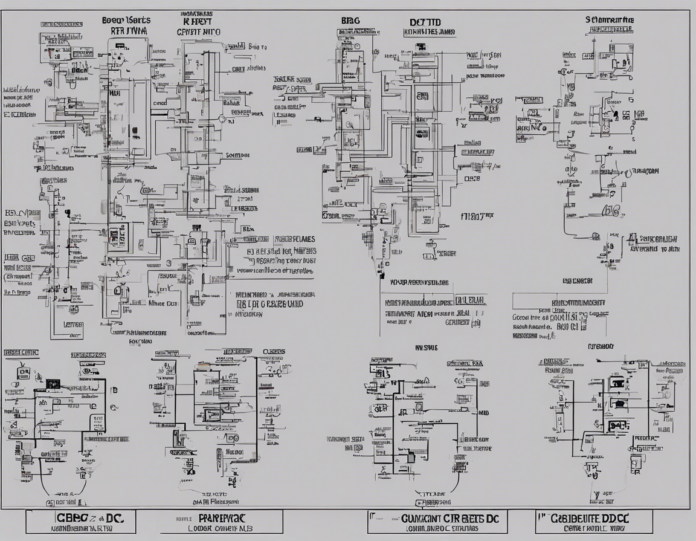When it comes to choosing a Customer Relationship Management (CRM) system for your business, there are two popular options that often come up in discussions: CRM software (CRT) and Business Development Centers (BDC). Both of these tools are designed to help businesses manage their interactions with current and potential customers, but they do so in slightly different ways. In this article, we will compare CRT and BDC to help you determine which one might be better suited for your business needs.
What is CRT?
CRT stands for Customer Relationship Management. It typically refers to software that helps businesses manage their interactions with current and potential customers. CRT software can help businesses track customer interactions, manage leads and sales opportunities, and provide insights into customer behaviors and preferences. Some popular CRT software options include Salesforce, HubSpot CRM, and Zoho CRM.
What is a BDC?
A Business Development Center (BDC) is a department within a company that is responsible for handling customer inquiries, managing leads, and nurturing customer relationships. BDCs are often used in industries such as automotive, real estate, and insurance, where there is a high volume of customer inquiries and leads to manage. BDCs typically use a combination of software tools and human resources to handle customer interactions and facilitate sales processes.
Key Differences Between CRT and BDC
-
Focus: CRT software is primarily focused on helping businesses manage their customer relationships and sales processes, while BDCs are more focused on handling customer inquiries and managing leads.
-
Technology vs. Human Resources: CRT software relies on technology to automate and streamline customer relationship management processes, while BDCs rely on a combination of technology and human resources to manage customer interactions.
-
Scalability: CRT software is highly scalable and can be used by businesses of all sizes, while BDCs may be more suitable for larger companies with a high volume of customer inquiries.
-
Customization: CRT software can be customized to fit the specific needs of a business, while BDCs may have more rigid processes and procedures in place.
Benefits of Using CRT
-
Centralized Data: CRT software helps businesses centralize customer data, making it easier to track interactions and manage relationships.
-
Automation: CRT software can automate repetitive tasks, such as sending follow-up emails or updating customer records, saving time and reducing manual work.
-
Insights: CRT software provides insights into customer behaviors and preferences, helping businesses tailor their sales and marketing strategies accordingly.
-
Scalability: CRT software is highly scalable and can grow with your business as it expands.
Benefits of Using BDC
-
Personalized Interactions: BDCs provide personalized interactions with customers, helping to build relationships and increase customer satisfaction.
-
High Touch Service: BDCs offer a high level of customer service, with dedicated staff members available to assist customers with their inquiries.
-
Lead Management: BDCs excel at managing leads and ensuring that no potential sales opportunities are missed.
-
Industry Expertise: BDC staff members often have industry-specific expertise, which can be valuable in handling complex customer inquiries.
Which One is Right for Your Business?
The choice between CRT and BDC ultimately depends on your business needs and goals. If you are looking to streamline your customer relationship management processes, automate repetitive tasks, and gain insights into customer behaviors, then CRT software may be the right choice for you. On the other hand, if you have a high volume of customer inquiries to manage, value personalized interactions, and require industry-specific expertise, then a BDC may be more suitable for your business.
FAQs
1. What is the cost difference between CRT and BDC?
The cost of CRT software varies depending on the provider and features included, while BDCs typically involve higher operational costs due to the employment of dedicated staff members.
2. Can CRT software be integrated with a BDC?
Yes, CRT software can be integrated with a BDC to streamline customer interactions and ensure seamless data management.
3. How long does it take to implement CRT software?
The implementation time for CRT software depends on the complexity of your business processes and the customization required, but it can typically range from a few weeks to a few months.
4. Do BDCs work better for certain industries?
BDCs are commonly used in industries with high customer inquiry volumes, such as automotive, real estate, and insurance, but they can be beneficial for any business that values personalized customer interactions.
5. Can CRT software replace the need for a BDC?
CRT software can automate many customer relationship management tasks, but a BDC may still be necessary for businesses that require a high level of personalized customer service and lead management.












